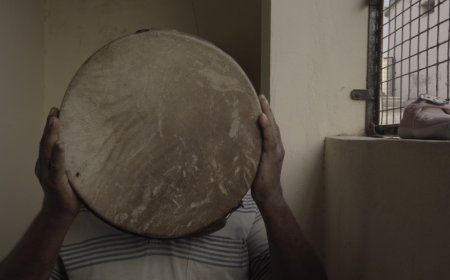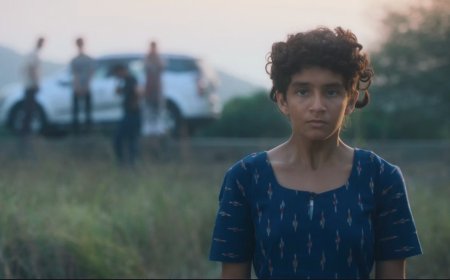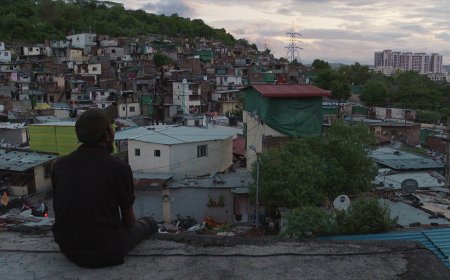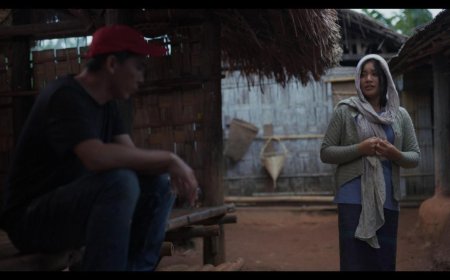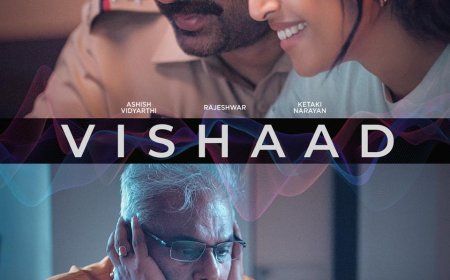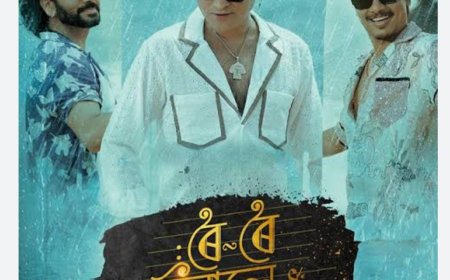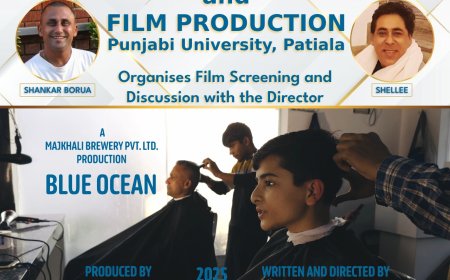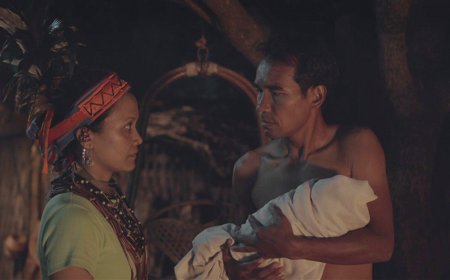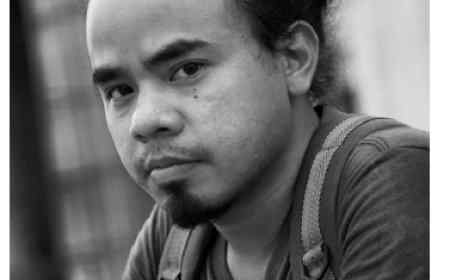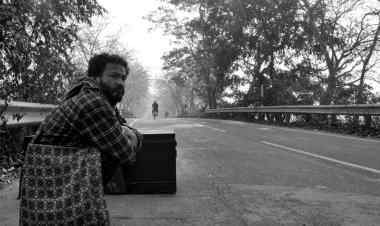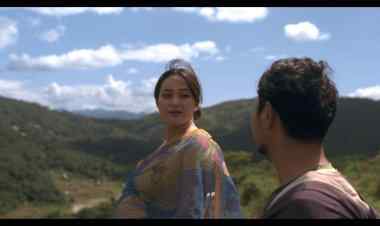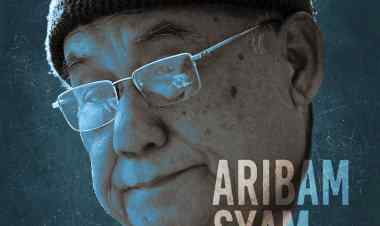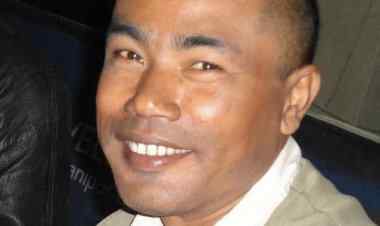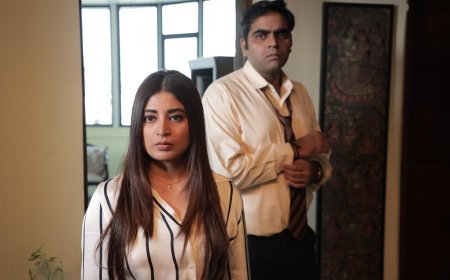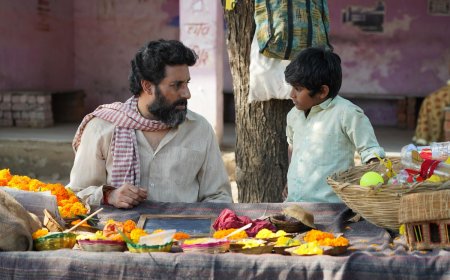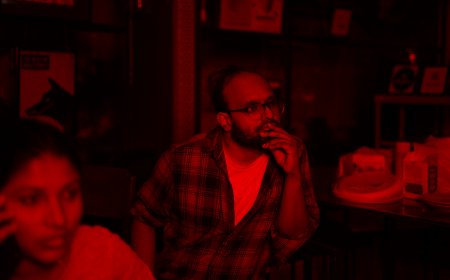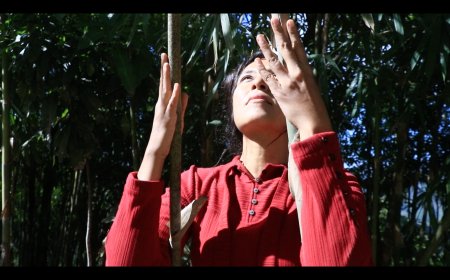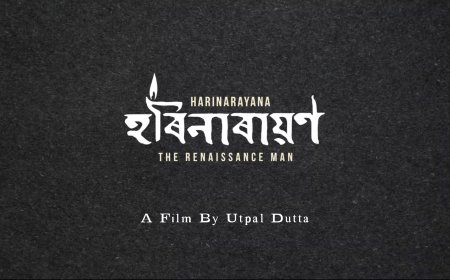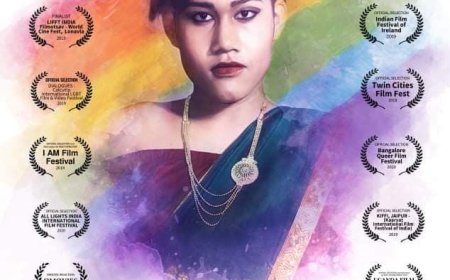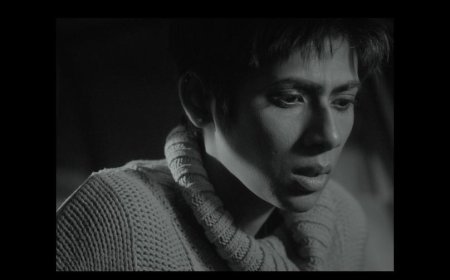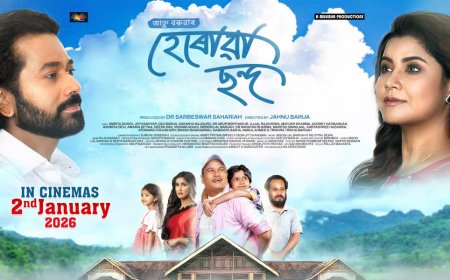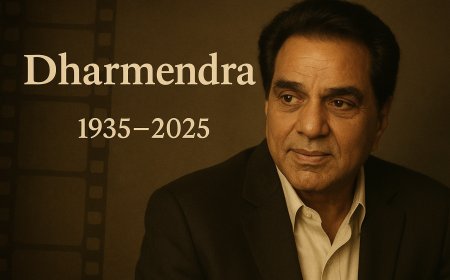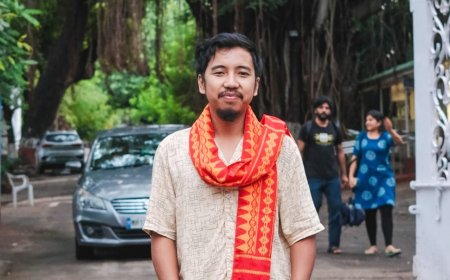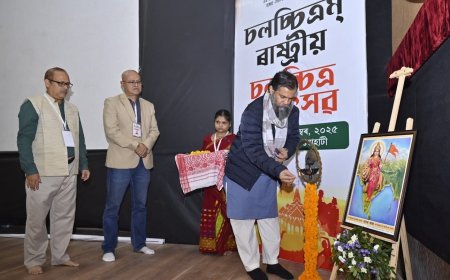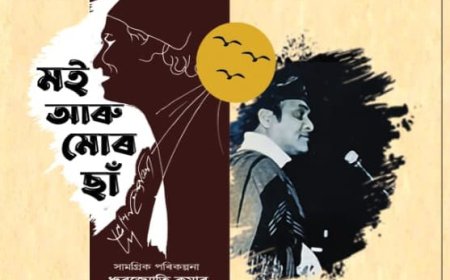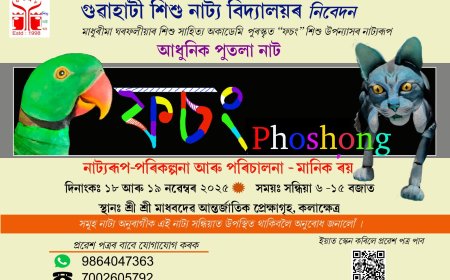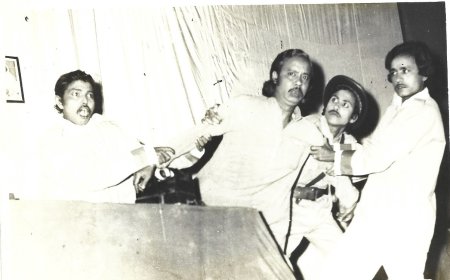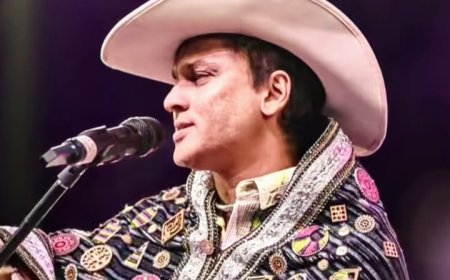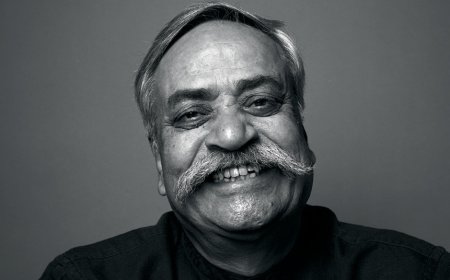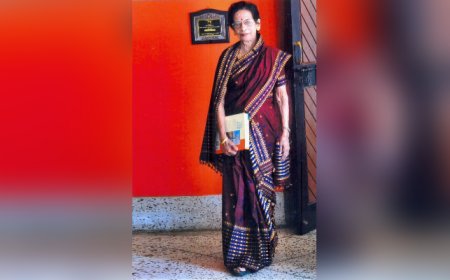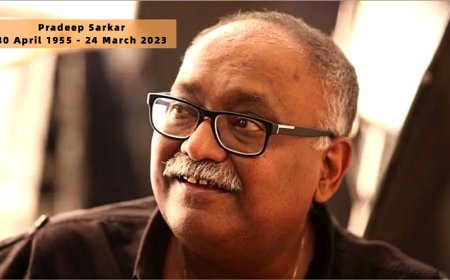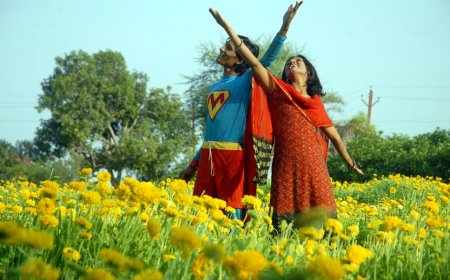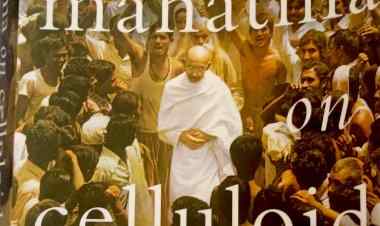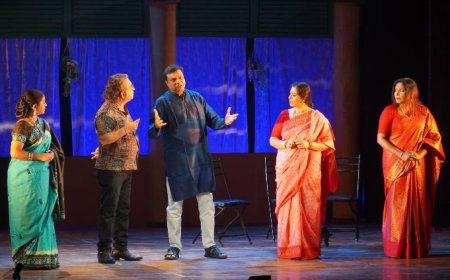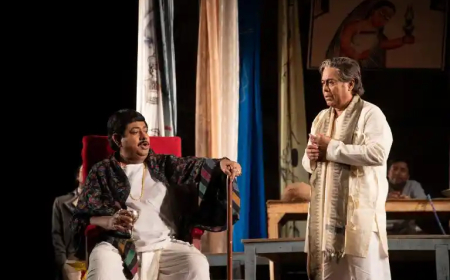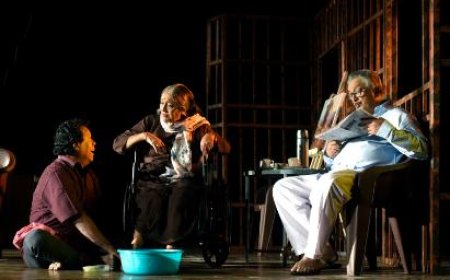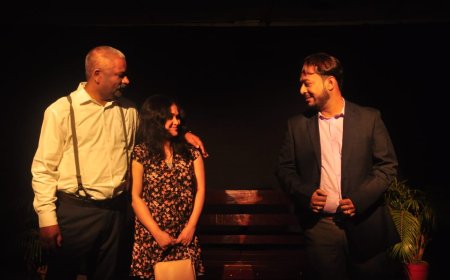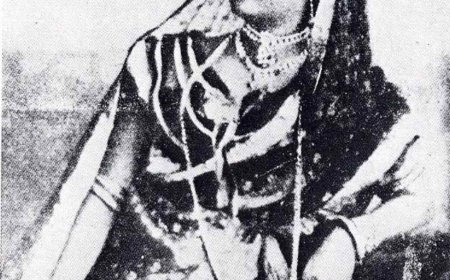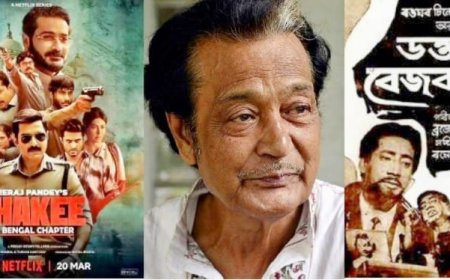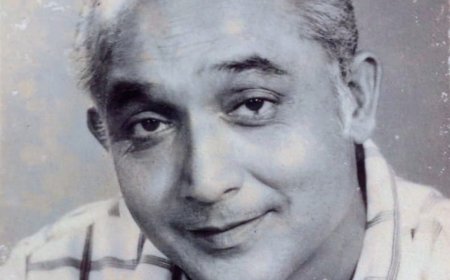Tribute: Dr. Bhabendra Nath Saikia
Dipankar Sarkar provides a tribute to the legendary Assamese filmmaker Dr. Bhabendra Nath Saikia, who revolutionized Indian cinema with his realism, socially conscious storytelling, and deep cultural insight.
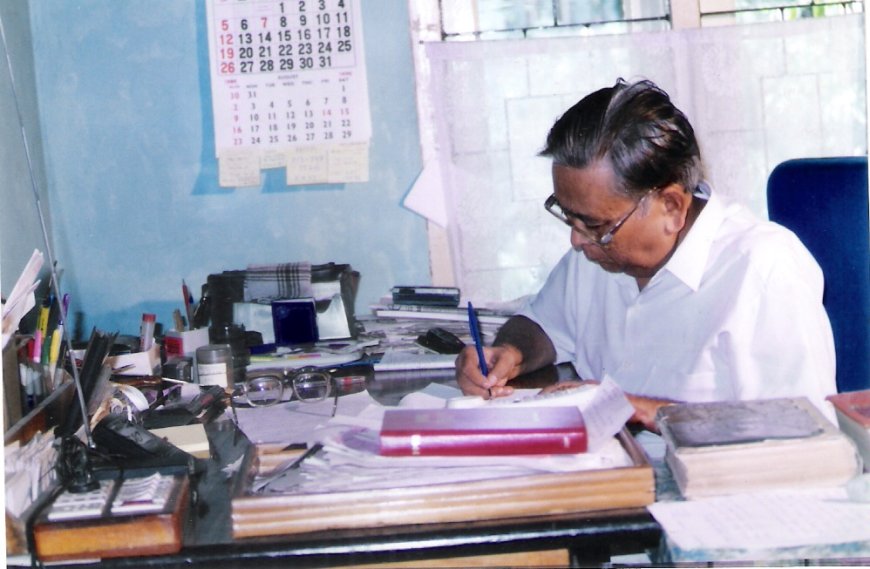
Remembering the legendary filmmaker who dared to challenge the audience with his style and structure, on his 93rd birth anniversary.
Since the 1970s, major regional cinemas have developed a distinct style and approach as a protest against the generally uncinematic mainstream. A wind of realism began to blow in Assamese cinema too, and a new phase was heralded on August 5, 1977, with the release of Dr. Bhabendra Nath Saikia’s Sandhyarag. Saikia went on to make seven feature films with family as the heart of almost everyone. His films reflected the conscience of the Indian people. While offbeat in their treatment, these films, with their stark realism and pressing issues, are always treated conscientiously by their makers. The kind of subject matter and content he chose for his films was not an aberration from the more voluminous mainstream cinema; few, however, will deny that it is a vital vehicle of creative expression. He overturned certain conventions common in mainstream cinema, such as exaggerated theatrical performances, favouring instead precision in cinematic acting. These films railed against the social, economic, and political order, class barriers, patriarchal bigotry, and the oppression of women and other vulnerable populations.
From the very beginning, cinema has exerted a powerful influence on how people live, and Dr. Saikia’s influence on other arts and our understanding of "culture" has been deeper and wider than his influence on politics. All his characters were part of a society undergoing a gradual transformation under the specific socio-historical conditions and his films explored complex themes within Assamese society. Sandhyarag (1977) contrasted urban and rural life. Anirban (1981) depicted a couple's struggle for survival. Agnisnan (1985) examined morality and women's subjugation. Kolahal (1988) portrayed a deserted woman's fight for independence. Sarothi (1992) showed decaying family relationships. Itihas (1996) critiqued societal demoralization. Kalsandhya (1991) addressed insurgency in the Northeast.
Dr. Saikia's pre-existing reputation as a popular writer deeply informed his filmmaking. His ability to capture the nuances of daily life, a key element of his writing, is vividly reflected in all his films. The dialogue in his films has a natural, almost 21st-century feel, marked by a knowing irony and a sharp wit. This contributes to the relatability of his characters. His cinematic idiom was always grounded in a genuinely modern perspective on life and society and never degenerated into mere gimmickry and superficial flamboyance. As a committed artist, his filmmaking philosophy was defined by its style and attitude, not by shallow quirks. His short stories have also been a source of adaptation for various filmmakers from Assam. From Munin Barua’s National Award-winning film Dinabandhu (2004) to Aniruddha Barua's Ratnadaah (2021), filmmakers across generations have turned to his short stories, demonstrating the enduring power and relevance of his writing.
The power of cinema lies not just in the narrative, but in how it's conveyed. Dr. Saikia possessed a remarkable ability to capture the complexities of human emotion, a trait that will continue to make his body of work a cherished part of cinematic history.
What's Your Reaction?







